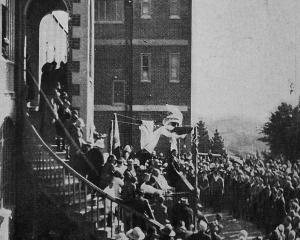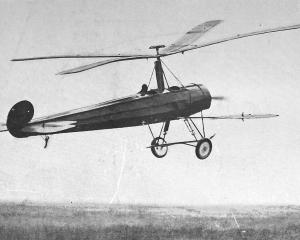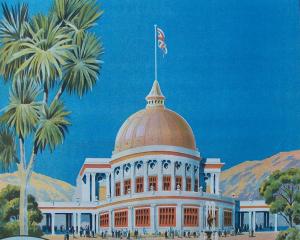Mr Edgar was a Tapanui boy, and has had an exceedingly adventurous life on the roof of the world. At the time of writing he had gone from Batang to Tachinlu, a town in the most western province of China, and had safely met his wife and family on their outward journey to him.
They were then waiting for the snows to melt before commencing the final stages of the Thibetan journey. The weather at Tachinlu, which is 9000ft above sea level, was very cold, but a warmer change was expected in a week or two.
• As showing the rush for land, our Auckland correspondent states that with exactly a week to expire before the time closes for receiving applications for lands in the Hauraki settlement, over 5000 application forms have been issued, and requests for application forms and poster plans continue to reach the District Lands Office, Auckland, at the rate of about 100 a day.
Many of these are being made in person. It appears that a phenomenally heavy ballot will eventuate at Thames on Wednesday, the 18th inst. A significant fact illustrative of the popularity of the freehold is that, with one or two exceptions, all of the applicants desire to secure the land on the occupation with right of purchase tenure.
• At the meeting of the Philosophical Institute, in his address on nesting fishes, Mr E. R. Waite stated that the lamprey built a nest of big stones in the form of a cairn, and had been known to move stones several pounds in weight to the spot selected for the nest (states the Lyttelton Times).
The lamprey's method of propulsion was almost worthy of an engineer, he said, for it swam up-stream, attached its sucker to a big stone, and then allowed the current to carry it and the stone down to the nest.
• A specimen of the bronze or shining cuckoo was shot recently in a garden at St Andrews. This is the second specimen of this migratory bird that has been seen in the district during the last few months.
These birds usually migrate from New Zealand in January for their winter home in northern Queensland and New Guinea, and it is most unusual to see them in this country so late in the year. - ODT, 7.5.1910.












